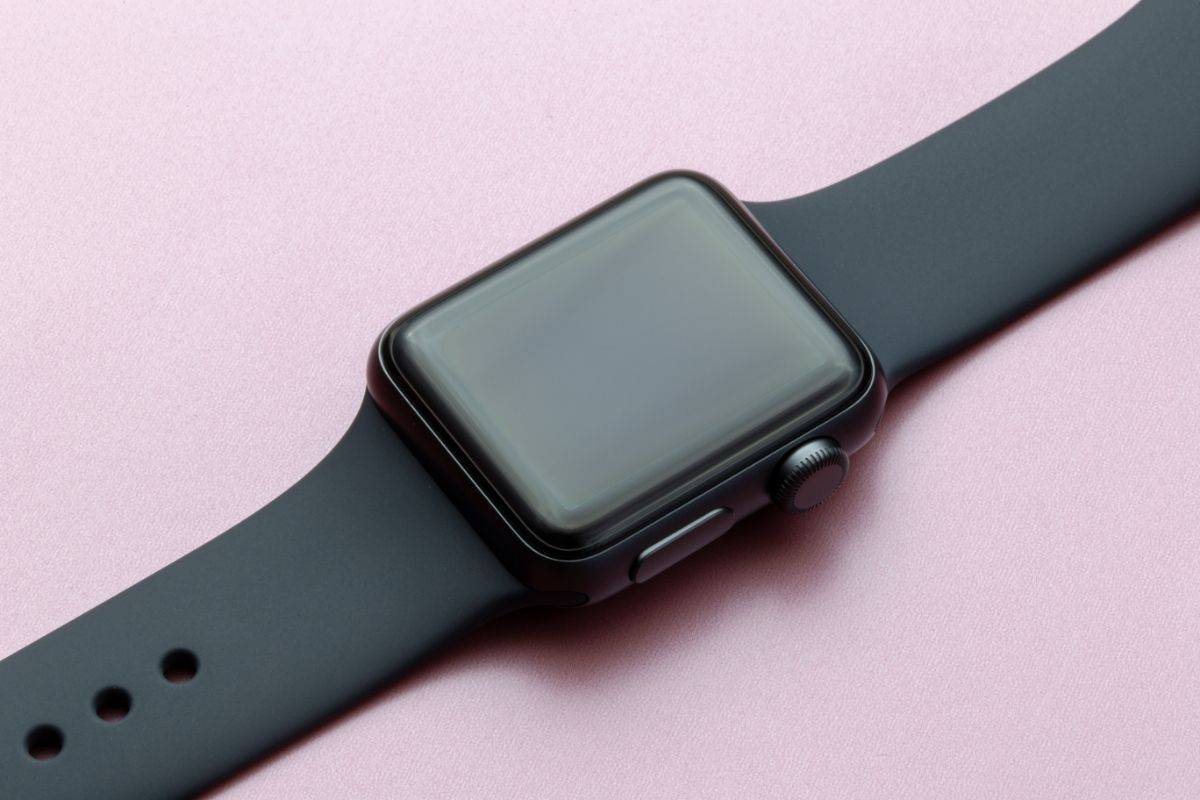How To Disconnect An Apple Watch

Table of Contents
Apple Watches have grown in popularity over the last few years and they are extremely handy to use in your daily life.
Having an Apple Watch is great for accessing your iPhone quickly, but when you need to unpair it from your iPhone, some people are unsure where to begin.
Prime Day is finally here! Find all the biggest tech and PC deals below.
- Sapphire 11348-03-20G Pulse AMD Radeon™ RX 9070 XT Was $779 Now $739
- AMD Ryzen 7 7800X3D 8-Core, 16-Thread Desktop Processor Was $449 Now $341
- ASUS RTX™ 5060 OC Edition Graphics Card Was $379 Now $339
- LG 77-Inch Class OLED evo AI 4K C5 Series Smart TV Was $3,696 Now $2,796
- Intel® Core™ i7-14700K New Gaming Desktop Was $320.99 Now $274
- Lexar 2TB NM1090 w/HeatSink SSD PCIe Gen5x4 NVMe M.2 Was $281.97 Now $214.98
- Apple Watch Series 10 GPS + Cellular 42mm case Smartwatch Was $499.99 Now $379.99
- ASUS ROG Strix G16 (2025) 16" FHD, RTX 5060 gaming laptop Was $1,499.99 Now $1,274.99
- Apple iPad mini (A17 Pro): Apple Intelligence Was $499.99 Now $379.99
*Prices and savings subject to change. Click through to get the current prices.
You may find that you need to disconnect your Apple Watch from your iPhone for several reasons, but the main ones may be that you have a new iPhone or a new Apple Watch.
So you need to disconnect this one to connect to the new one. But where do you begin?
This article will teach you how to disconnect your Apple Watch correctly to make sure that there is room to connect your new one. Find out more below!
How Do You Disconnect An Apple Watch?
There are two ways to disconnect your Apple Watch. You can either disconnect it directly from your Apple Watch or you can disconnect it from the Watch app on your iPhone.
Below you will find explanations on how to disconnect your Apple Watch using both of these methods, and you can disconnect it using the method that you find easiest.
Disconnecting Using the Watch itself
Step
Disconnect Using The Watch
To disconnect your Apple Watch, you can do it directly using the watch. Firstly, go to the Settings of your Apple Watch and then go to General.
Step
Tap Reset
Once you have found General, tap the Reset button. Next, click on Erase All Content And Settings and put in your passcode if required.
You can then either choose to select Erase All or Erase All And Keep Plan.
The Apple Watch will then restore, and you can then log into your Apple ID on your computer. Simply type in iCloud.com and enter your Apple ID and password.
You can then disable the Activation Lock by clicking on Settings, finding your Apple Watch under My Devices, tapping the ‘X’ next to your Apple Watch, and then removing it.
It is important to remember that disconnecting your Apple Watch using your Apple Watch doesn’t create a backup, so you need to remember to back up your Apple Watch before you disconnect it. You also need to disable the Activation Lock as a new user won’t be able to use the watch unless this feature has been disabled by you.
Disconnect Using The Watch App on your iPhone
Step
Tap the Watch app
To disconnect your Apple Watch via the Watch app on your iPhone, you will need to tap on the app and click on All Watches at the top of the screen.
Step
Opening All Watches
When you click on All Watches, tap the information icon next to your Apple Watch and select Unpair Apple Watch. You can then choose to either Keep or Remove your plan.
You can then disconnect your Apple Watch by entering your Apple ID and password. Once you have done that, click Unpair, as this will disconnect your device and disable the Activation Lock.
By disconnecting your Apple Watch this way, it backs up all of your latest data to make sure that you do not lose any data from disconnecting your Apple Watch. If you want to make sure that all of your latest data is safe, this method will ensure that your data is kept safe and backed up.
Final Thoughts
To conclude, there are two different ways to disconnect your Apple Watch from your iPhone, so it is up to you how you will feel most comfortable disconnecting it.
If you want to make sure that all of your latest data is backed up, disconnect your Apple Watch using the Watch app on your iPhone as this will back up all of your latest data from your Apple Watch.
If you are giving your Apple Watch to someone else to use as you may be getting a new one, you need to remember to disable the Activation Lock.
Not disabling the Activation Lock will prevent anyone else from using the Apple Watch, so follow the instructions above carefully to avoid this problem.

